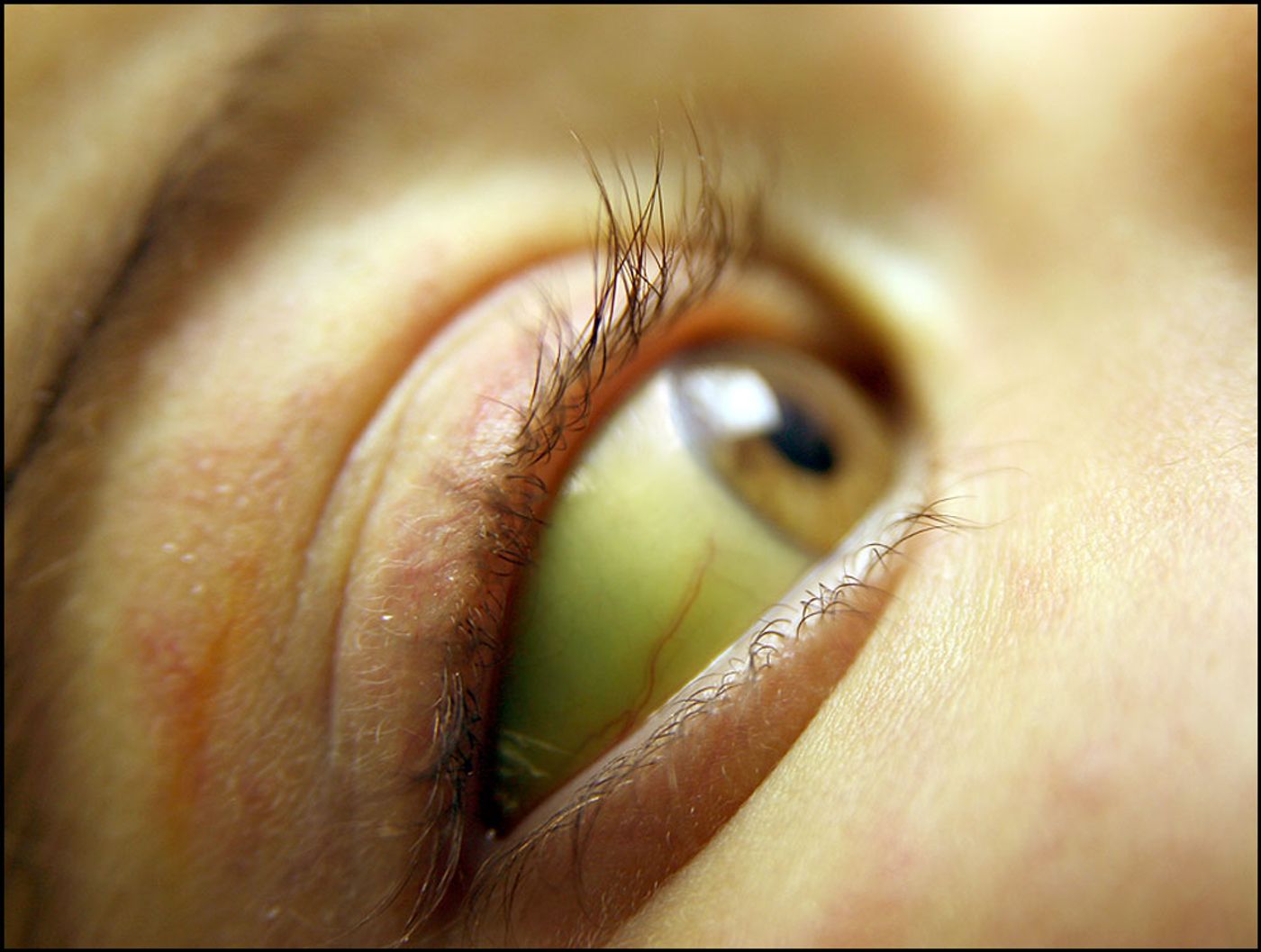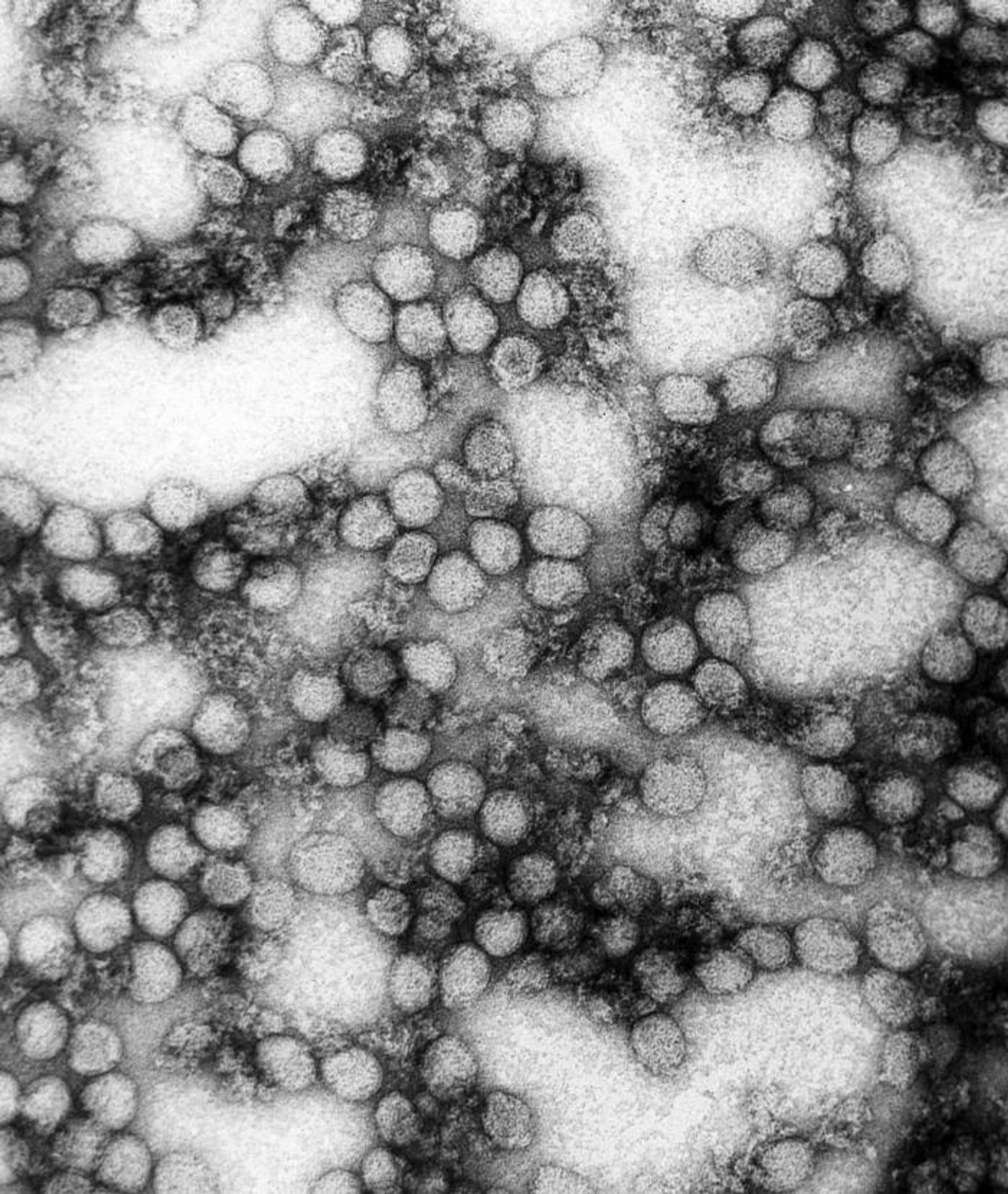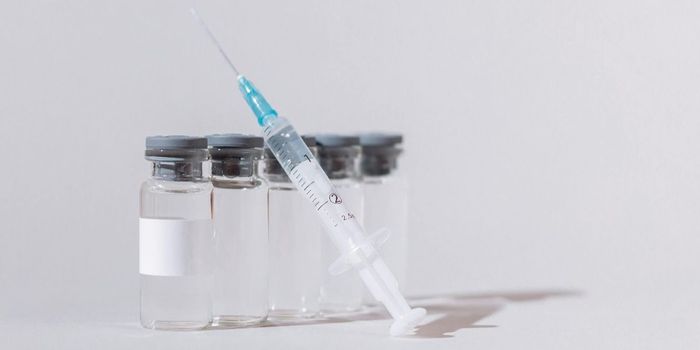Is Yellow Fever Coming Back to North America?
At the end of the eighteenth century, a yellow fever epidemic in Philadelphia killed nearly ten percent of the city’s population. A vaccine released over a century later has limited the deaths caused by this disease, but a recent outbreak in Brazil raises questions about the virus’s potential to return to the United States.
The yellow fever virus is spread by the bite of the same mosquito that transmits Zika virus, Aedes aegypti. While only the bite of this mosquito can send yellow fever virus into the veins of an unsuspecting person - the disease cannot be spread from person to person - half of the people who do develop the disease after exposure to the virus will die.
The disease causes a variety of symptoms that incapacitate the infected: high fever, headache, nausea, vomiting, fatigue, hemorrhage, kidney failure, liver malfunction, and, of course, jaundice. The vaccine for yellow virus released in 1937 was extremely effective at preventing disease, and mosquito population management limited exposure to the virus.
Outbreaks in Central and South America as well as parts of Africa are common, causing up to sixty thousand deaths every year, but a recent large outbreak of yellow fever in rural Brazil has raised concern about spread to a very vulnerable United States.
Due to a 2015 outbreak in the Democratic Republic of Congo that killed over one hundred people and infected hundreds more, the world’s emergency store of yellow fever virus vaccines was almost completely used up. Now public health officials are experiencing several roadblocks in the face of tackling the Brazil outbreak and are eager to start working toward preventing future outbreaks.
Authors of the recent New England Journal of Medicine study said "early identification of cases and rapid implementation of public health management and prevention strategies, such as mosquito control and appropriate vaccination, are critical."
The current outbreak of yellow fever in Brazil is part of the virus’s transmission cycle called “sylvatic” or “jungle.” This means that for now, transmission of the virus to people will first require A. aegypti to pick up the virus from non-human primates. Authorities are on alert for the potential of the outbreak transitioning into another cycle of yellow fever transmission, the urban cycle, where mosquitoes directly transmit the disease to humans.
Could yellow fever spread to the United States?
Maybe. Unlike in the 18th and 19th centuries, international travel is common. Anthony S. Fauci, MD, director of the National Institute of Allergy and Infectious Diseases, and associate Catharine I. Paules, MD strongly advise people thinking about traveling to Brazil to educate themselves about the disease, especially in consideration for the individuals Brazil travelers will come into contact with when they return home.
Sources: Centers for Disease Control and Prevention, World Health Organization, National Institute of Allergy and Infectious Diseases, Vaccines.gov










